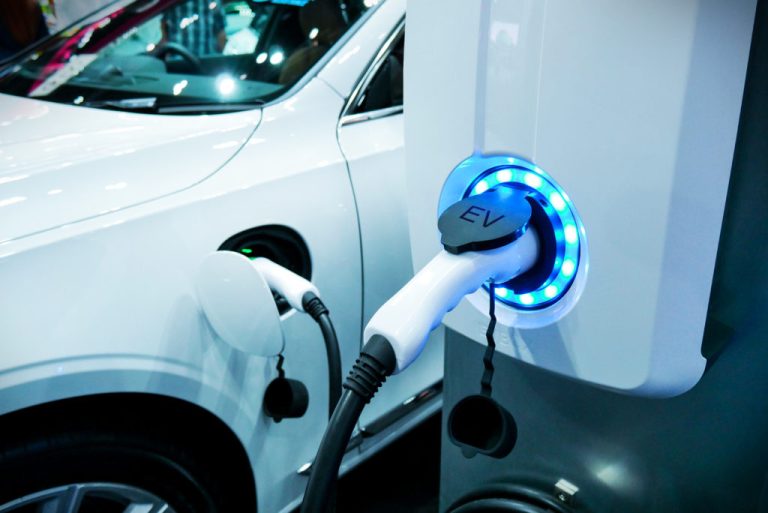
Current status of China's electric vehicle market: downward trend
China's electric vehicle industry enters 2024 amid a challenging phase, with shares of major players such as Nio and Xpeng seeing significant declines of more than 18% and 16%, respectively. The industry faces intense competition and relentless price wars, which pose a threat to profitability. In this turbulent market, EV companies must adapt by adopting cost-effective and environmentally friendly EV power solutions.
Challenges facing the electric vehicle industry in China
The year started with a notable decline in shares of major players such as Li Auto, BYD and Zhejiang Leapmotor. Analysts at Bernstein expect pricing and profitability pressures to continue due to intense competition within the local market. Morgan Stanley also highlights the unpredictable nature of China's auto market, driven by strong competition and macroeconomic uncertainties.
Sales of passenger electric vehicles in mainland China have slowed significantly, with growth falling from 108% in the third quarter of 2022 to 28% in the third quarter of 2023, according to the China Association of Automobile Manufacturers. Fitch Ratings expects a further slowdown in 2024, and expects a modest increase in domestic passenger vehicle demand to nearly 22 million units amid economic uncertainty.
Strategies to overcome industry challenges
In response to these challenges, the industry is facing excess capacity, frequent new model launches, and the entry of new technology giants such as Huawei and Xiaomi into the market. As Bernstein points out, this intensifies competition, which leads to lower prices. However, demand for electric vehicles remains steady, which encourages manufacturers to innovate and introduce new models. Automotive analysts at HSBC China expect there to be more than 100 new electric vehicle models in China in 2024. Companies like Xpeng and Li Auto continue to achieve impressive results, demonstrating their commitment to addressing these challenges.

Navigating new entrants to technology and definitions of electric vehicles
The entry of technology companies such as Huawei and Xiaomi is reshaping the market, forcing established players to constantly innovate. This competitive climate poses challenges and opens opportunities for cooperation and beneficial partnerships. A focus on EV tariffs will be critical to balancing competitive pricing and maintaining profitability, making EVs more affordable for consumers.
Addressing future requirements: electric vehicle charging and sustainable energy
To meet future requirements, manufacturers must expand their focus to include electric charging vehicles, tap into new growth areas and support different industries. In addition, there is a growing need for sustainable EV energy solutions. Prioritizing green energy sources for electric vehicles is in line with global environmental goals, ensuring the industry contributes to a cleaner future.
In conclusion, China's EV industry must strategically address its challenges in 2024. Focusing on affordable solutions, adapting to new technological competitors, exploring EV charging opportunities, and focusing on sustainable energy will be key to the industry's success. As the EV market evolves, companies must remain flexible and forward-looking to overcome obstacles and harness the energy potential of environmentally friendly and cost-effective EVs.
The post Current Situation of China's Electric Vehicle Market: Downtrend appeared first on FinanceBrokerage.

